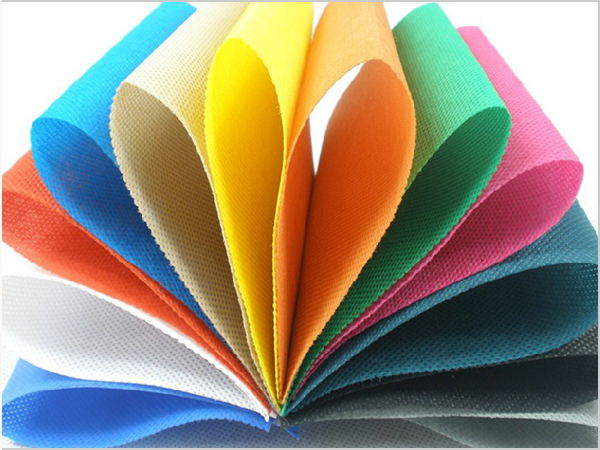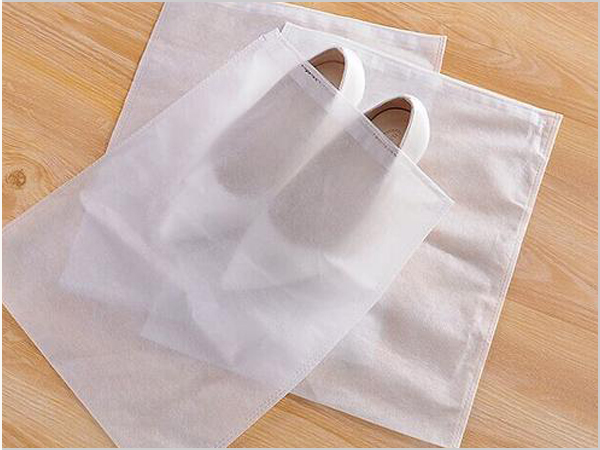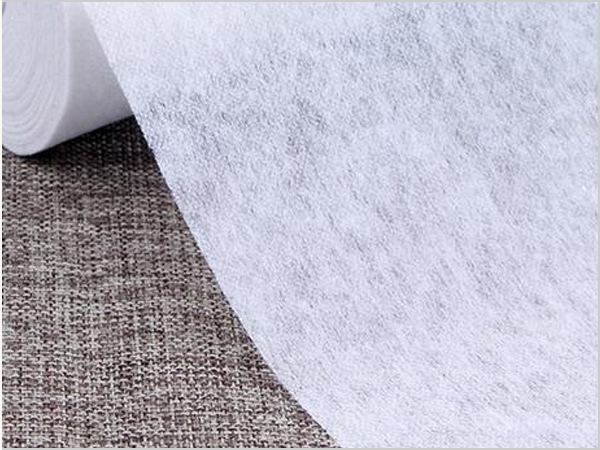- Why can spunbond nonwoven fabric dominate the market?
- Foreign trade exports are moving forward under pressure, with both resilience and challenges coexisting
- Explore the environmental protection characteristics and application fields of PP non-woven fabric
- The rise of the Latin American market is expected to become a new growth pole for China's textile foreign trade
- The production process of spunbond nonwoven fabric determines its unique characteristics!

- Telephone: 0551- 66779966
- Cellphone: 18955130444
- Email: 58792982@qq.com
- Address: Building 1-2, East of Wubu Village Section, Hehuai Road, Wushan Town, Changfeng County, Hefei City, Anhui Province
A few days ago, Japan invited Fugaku, the world's fastest supercomputer, to "go out" and came to a conclusion: non-woven masks are more effective than other common masks in preventing the spread of Covid-19 through air droplets.
In the latest TOP500 supercomputing, Japanese Fugaku supercomputing using 48-core ARM chips ranks first. The super-computing CPU uses the ARM architecture, and its peak floating-point performance is as high as 513PFLOPS (5.13 billion times). The Rmax performance is also 415.5PFLOPS, which is more than 2.5 times the peak of the second supercomputing Summit, but the power consumption has reached 28MW. Simmit is 2.8 times.
According to the Nikkei Asian Review, Fugaku can perform more than 415 trillion calculations per second. It simulated the effectiveness of three types of masks to prevent viruses and found that non-woven masks are better than those made of cotton and polyester. Masks are better at preventing the aerosol sprayed out when the wearer coughs.
Non-woven masks are disposable medical masks that Japanese people often wear during the flu season and the new crown virus pandemic. They are made of polypropylene and are relatively cheap to mass produce.
Non-woven fabric has no warp and weft threads, it is a fabric that does not need to be spun and weaves. It just aligns or randomly arranges textile short fibers or filaments to form a web structure, and then uses mechanical, thermal bonding or chemical methods. Reinforced.
Because it is not interwoven and knitted together one by one yarn, but the fibers are directly bonded together by physical methods, so the thread cannot be drawn out like ordinary clothes.
Textile masks, including those used in Fugaku simulations, are usually made of fabrics such as cotton. After a temporary shortage of non-woven masks in some countries, textile masks appeared.
They can be reused and are usually more breathable, but according to the World Health Organization (WHO), they should be cleaned with soap or detergent and water at least 60 degrees Celsius at least once a day.
According to experts from the Japanese Institute of Physics and Chemistry (Riken), this kind of non-woven fabric can block almost all water droplets from coughing. The Institute of Physics and Chemistry is a government-supported research institution in the western city of Kobe in Japan.
Cotton masks and polyester masks are slightly less effective, but they can still block at least 80% of droplets.
According to computer models, non-woven "surgical" masks are slightly less effective in blocking small droplets below 20 microns, and more than 10% of the droplets will leak out from the gap between the edge of the mask and the face.
A micrometer is one millionth of a meter.
Makoto Tsubokura, a research team leader at the Computing Science Center of the Japan Institute of Physics and Chemistry, encouraged people to wear masks even when the heat wave swept through most parts of Japan.
According to the Nikkei, Tsubokura said: "The most dangerous thing is not to wear a mask."
"It's important to wear a mask, even cloth masks that are less effective."
Fugaku also simulated how droplets spread in separated office spaces and crowded trains, when the windows of the carriages were open.
Although the 130 billion yen (approximately US$1.2 billion) supercomputer will not be fully operational until next year, experts hope that it can help identify drugs for Covid-19 from about 2,000 existing drugs. Including drugs that have not yet entered clinical trials.
- Why can spunbond nonwoven fabric dominate the market?
- Foreign trade exports are moving forward under pressure, with both resilience and challeng
- Explore the environmental protection characteristics and application fields of PP non-wove
- The rise of the Latin American market is expected to become a new growth pole for China's
- The production process of spunbond nonwoven fabric determines its unique characteristics!
- The global trade landscape is undergoing significant changes in 2025
- The 11th China International Silk Conference was held in Shengze
- What are the core advantages of spunbond nonwoven fabric?
- What are the magical aspects of the manufacturing process of spunbond nonwoven fabric?
- The textile industry is enjoying dual policy benefits



